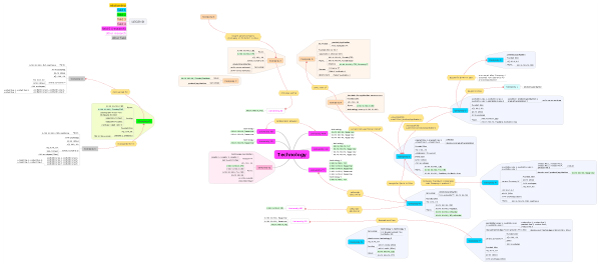“Kinetic River provided us a timely and thorough evaluation of a licensing opportunity. Dr. Vacca was a perfect fit to our needs: expertise in biomedical optics, keen analytical skills for patentability and freedom-to-operate assessments, and a knack for communicating complex information in a clear and relevant manner. The discussions, presentations, and reports were particularly valuable in our decision on how best to proceed on the licensing opportunity. I was entirely satisfied with Dr. Vacca’s professionalism, responsiveness, and level of expertise.”
K.W., Director, R&D
Case Study:
IP Analysis
The R&D director of a medical diagnostics startup came to Kinetic River with a request for a detailed IP analysis of a new medical diagnostic technology being developed at a university. This technology had shown promise in lab tests and they wanted to evaluate its ultimate potential as a clinical tool.
We began by establishing who the main players were in the field and related areas, both academic and commercial. Original scientific literature and reviews, as well as patents, patent applications, and online materials, were used to assemble a relational map showing who’s who and who does what. We incorporated into this map business as well as technical information; the map was further structured and color-coded, allowing one to quickly absorb the highlights at a glance but also dig deeper if interested. This competitive landscape map was the first deliverable.

Based on these findings, we generated a comprehensive list of materials relevant as potential prior art. The most closely related items were further scrutinized, drilling down to the specific elements of text, diagrams, or figures potentially affecting the patentability of the technology in question. For patents, the drawings and the entire patent specifications were included in the analysis. Based on this, we delivered a technical patentability assessment.
We re-analyzed the patents identified in that effort with the new perspective of a technical Freedom-to-Operate analysis. The search was also widened, including search terms covering aspects of the technology but possibly in different fields. Here we concentrated on claims of patents then valid and due to expire no sooner than two years hence. Again we drew up a short list of top hits and closely analyzed those. The outcome was our technical infringement risk analysis.
Execution of the assignment was completed with an overall statement that summarized our findings and provided our technical judgment and recommendations. The R&D Director shared the report with the CEO and the Board of Directors, and it was used to inform key and timely strategic licensing decisions.

